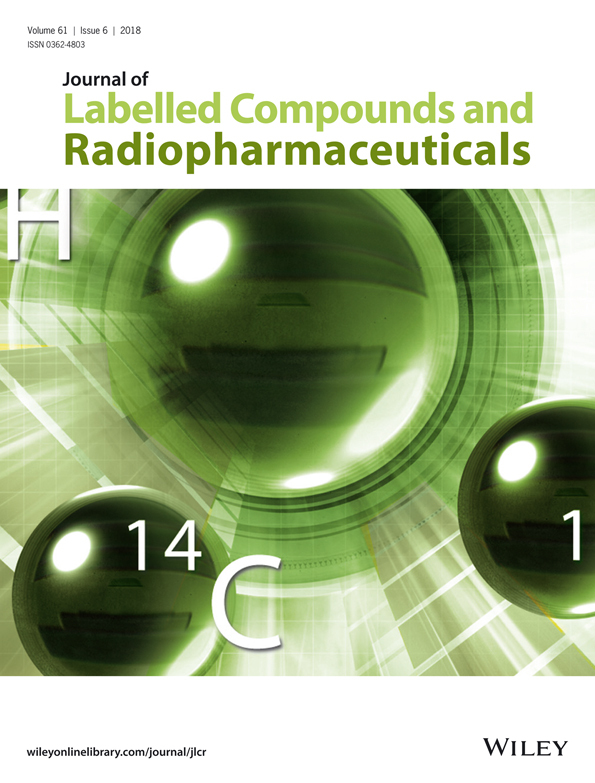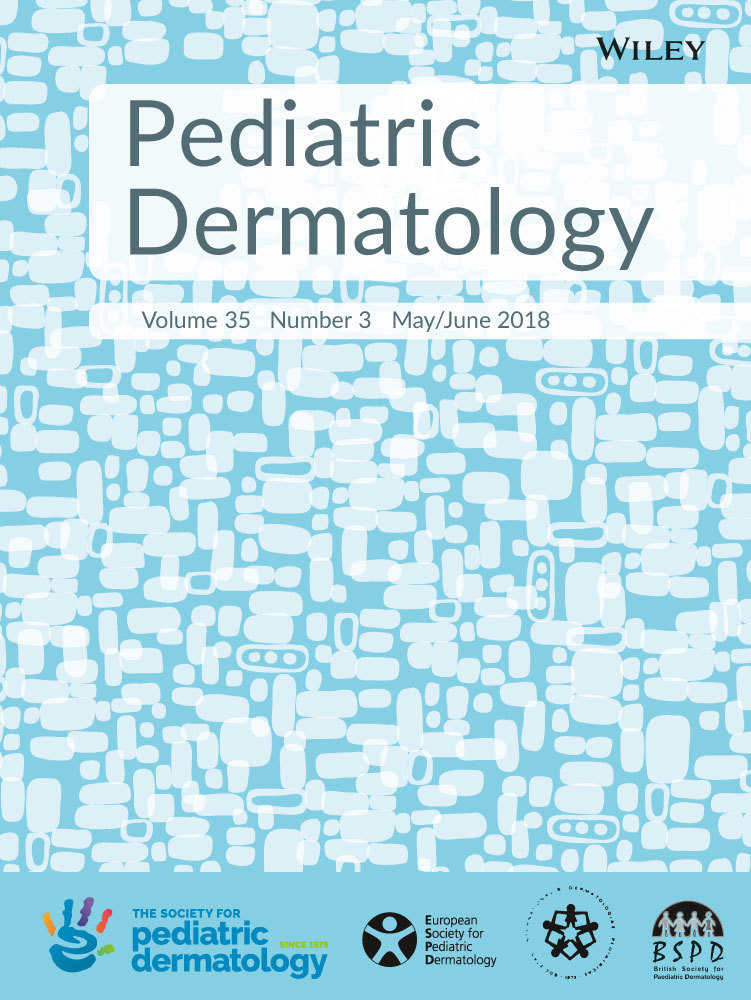
“This narrative review summarizes recent insights into the role of the cannabinoid type 2 (CB2) receptor as potential therapeutic target in neuropathic pain and neurodegenerative conditions.
RECENT FINDINGS:
The cannabinoid system continues to receive attention as a therapeutic target. The CB2 receptor is primarily expressed on glial cells only when there is active inflammation and appears to be devoid of undesired psychotropic effects or addiction liability. The CB2 receptor has been shown to have potential as a therapeutic target in models of diseases with limited or no currently approved therapies, such as neuropathic pain and neurodegenerative conditions such as Alzheimer’s disease.
SUMMARY:
The functional involvement of CB2 receptor in neuropathic pain and other neuroinflammatory diseases highlights the potential therapeutic role of drugs acting at the CB2 receptor.”
https://www.ncbi.nlm.nih.gov/pubmed/29794855
https://insights.ovid.com/crossref?an=00001503-900000000-98981









